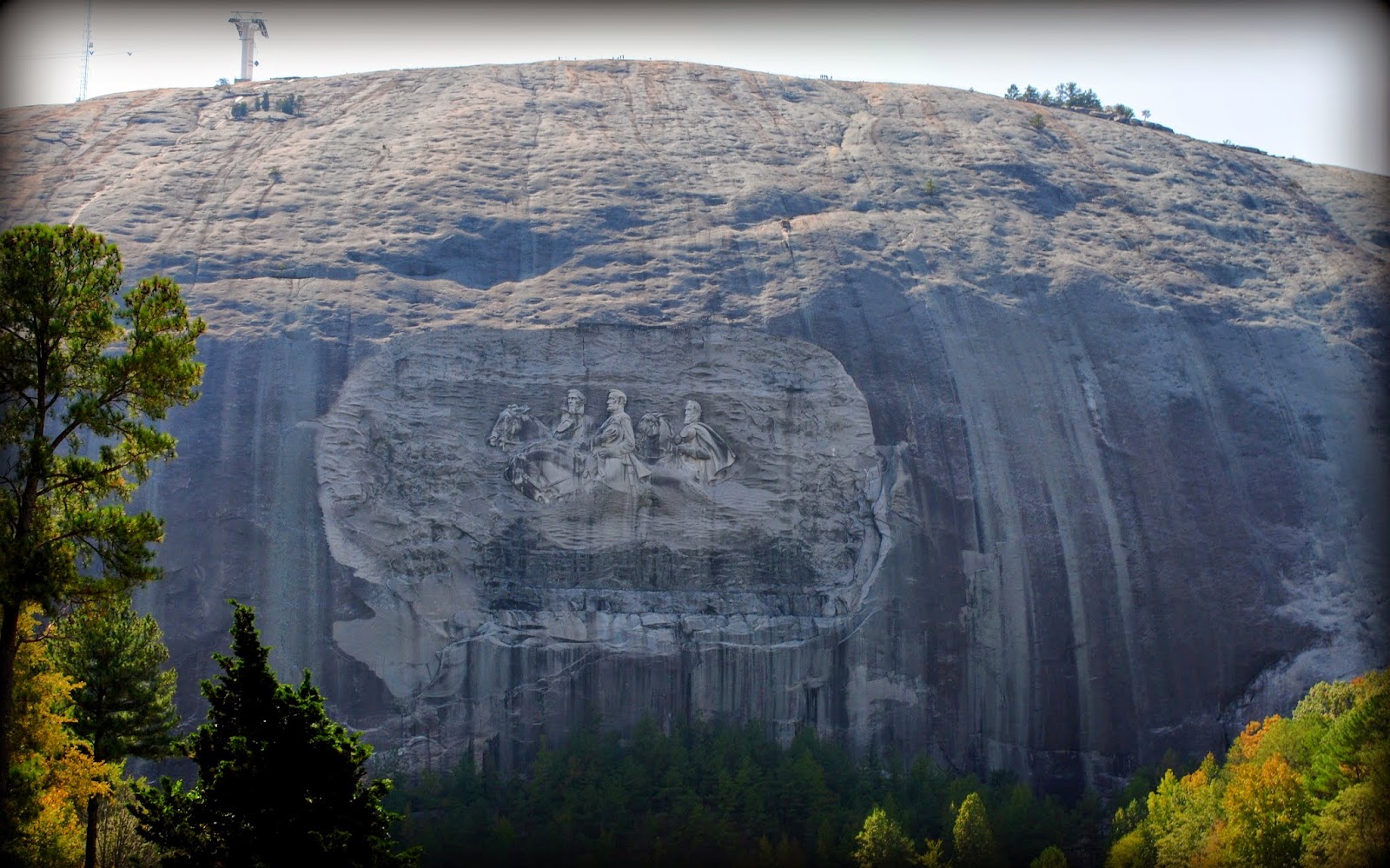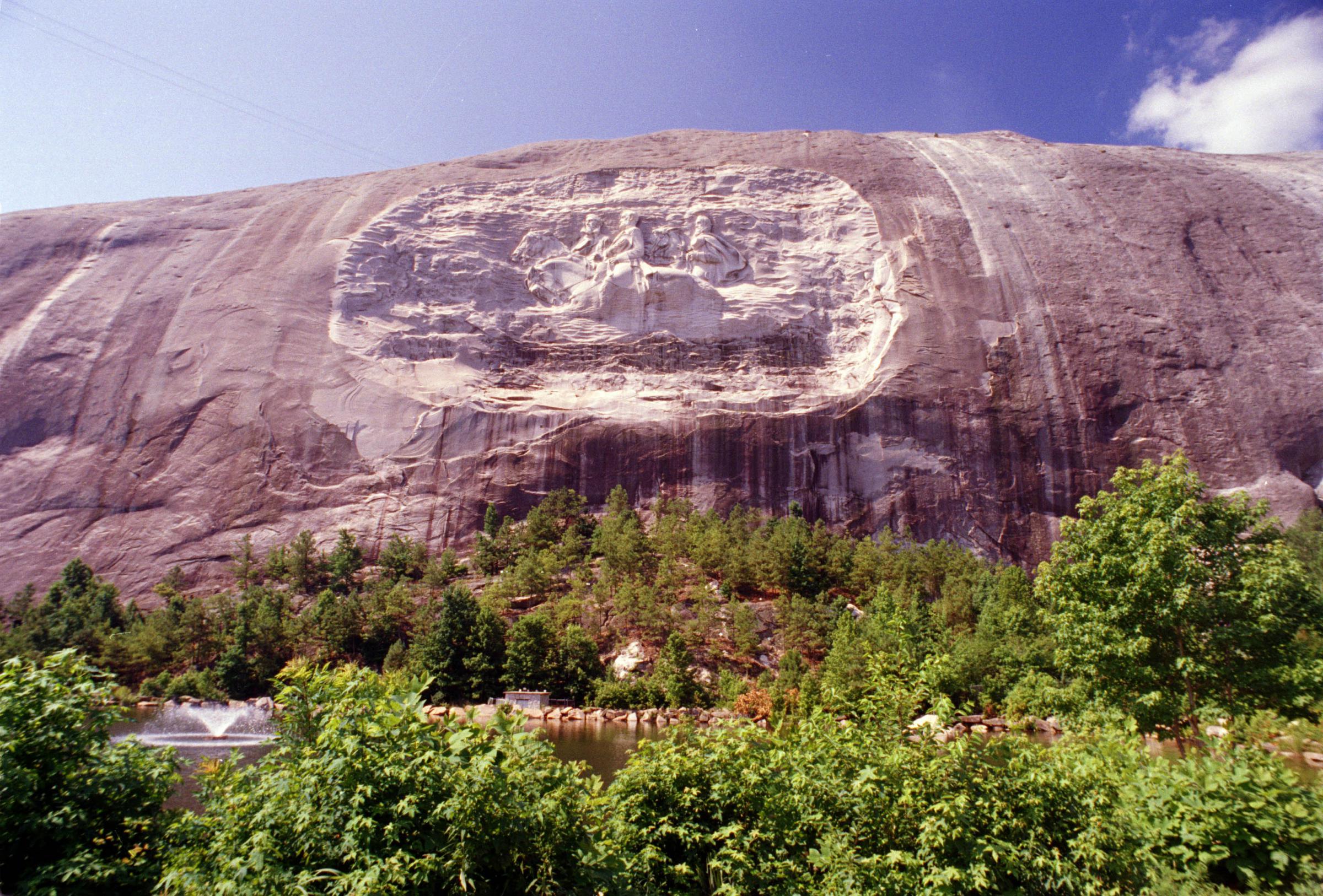

They drove trucks, they mined the granite, they were masons. “We had black people that worked ‘round there, they had a granite company around there, and a lot of black people worked at that granite company. She looks back on her childhood there with fond memories and is frustrated that the debate over Stone Mountain ignores her community. Gloria Brown, 77, was born in Shermantown and continues to live there today. Their nephew James Venable, a one-time mayor of Stone Mountain Village in the late ’40s, would go on to continue this legacy as a Klan leader from the early ’60s to the late ’80, hosting rallies on the Stone Mountain grounds. He allowed a cross to be burned on the grounds in 1915, granted the Klan an easement (the right to use and enter onto the legal property of another) to the mountain in 1923, and leased the initial land for the Confederate monument that stands today. In 1915, Stone Mountain served as a launching pad for the rebirth of the Ku Klux Klan, of which Samuel Venable was an active member. Stone Mountain was sold to Stone Mountain Granite Corporation for $45,400 in 1867, and nine years later sold again for $70,000 to the Southern Granite Company, owned by brothers Samuel and William Venable. Stone Mountain Village was no different, and thus became the upstart neighborhood of Shermantown. Its founding followed a pattern of development seen across the South, in which newly freed African-Americans moved in search of work but were denied places to live in existing communities due to segregation. Shermantown, derogatorily named after the Union General William Sherman-whose “March to the Sea” cut a swath of destruction from Atlanta to Savannah-came to fruition after the Civil War. Venable Street in Shermantown is named after a one-time leader of the local Ku Klux Klan The name of the village was changed to Stone Mountain around that time. Quarries were dug initially in the 1830s, pulling granite and other stone from the mountain, but the industry boomed after the completion of a railroad to the village and quarry site over the following decade, which allowed for the stone to be more easily transported. Native American nations such as the Cherokee, Creek and Muscogee settled in the area up to 8,000 years ago, long before white settlers moved in in the early 19th century. Stone Mountain has long been an attraction for people, dating back thousands of years. Without recognizing the lives of Shermantown, any narrative about Stone Mountain is incomplete. The achievements of the residents of Shermantown might not seem extraordinary, but they reflect the realities and context of the setting within which they were accomplished. The stories of the Confederacy and its generals shouldn’t have an unchallenged monopoly on the discussion. This small community is slowly fading into history, but deserves to be remembered in order to ensure that the debates around Stone Mountain don’t erase those who live in its shadow. But at the base of the mountain sits Stone Mountain Village, and within it the African-American neighborhood of Shermantown, which managed to survive and persevere under this legacy. Because it is, and has historically been, a testament to white supremacy. The monument is generally the sole thing people think about when they hear Stone Mountain, and recently Georgia gubernatorial candidate Stacey Abrams called for it to be taken down. But when the show is over and King is gone, the generals remain. Later in the laser show, Martin Luther King’s visage is projected onto the monument, a recording of words from his “I Have A Dream” speech washing over the lawn where spectators watch. A laser show on the carving is featured every Saturday night in the summer and fall, one in which the three horsemen seemingly gallop out of the rock. Lee and Stonewall Jackson is the largest bas-relief in the world. This isn’t surprising: the massive rock carving on the north face of the mountain depicting Confederate generals Jefferson Davis, Robert E. It’s also received the notice of the national press for years, whenever a conversation regarding Confederate culture and heritage- most recently centered around Civil War monuments-has arisen. The mountain stands out as something that doesn’t belong, and for that reason, it draws your attention.


Stone Mountain looms over the surrounding landscape like the back of a great gray beast, a speed bump on an otherwise smooth ride above the flat treetops of Georgia.


 0 kommentar(er)
0 kommentar(er)
